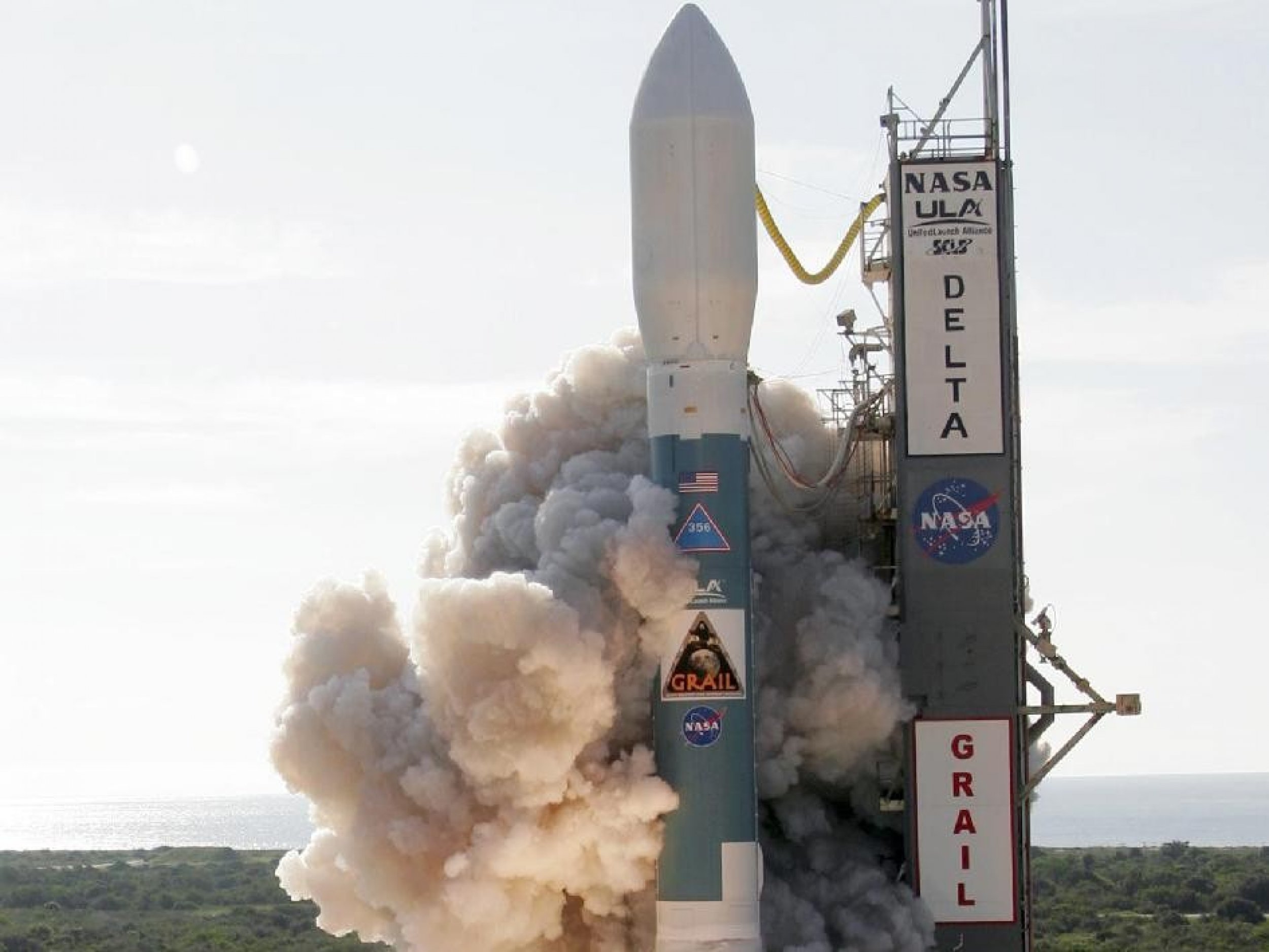GRAIL Mission Heads for the Moon [PHOTOS]
It took three tries, but the GRAIL mission is heading for the moon.
The dual-spacecraft mission finally took off from Cape Canaveral on Saturday when they separated and began their journey to the moon to study its gravitational field. The launched happened aboard a Delta II rocket and the mission is expected to provide new insight into the Moon's internal structure. The spacecraft will spend three months making 12 polar orbits of the moon each day.
Scientists say the mission will provide a map of the lunar gravitational field, which is data that will allow for the first comprehensive assessment of the moon's crust, mantle and core.
NASA had scratched the planned launches on Thursday and Friday, initially because of foul weather and then because of a data glitch.
Our GRAIL twins have Earth in their rear-view mirrors, said David Lehman, GRAIL project manager at the Jet Propulsion Laboratory in La Cañada Flintridge. It manages the $496-million mission.
GRAIL stands for the Gravity Recovery And Interior Laboratory. The two spacecraft will fly in a near circular polar orbit of the Moon approximately 200 km apart. Precise measurements of the distance between the two spacecraft will continually be taken so that the mission can measure changes in the gravitational field of the Moon as the twin spacecraft pass over the surface. This will be done through the use of precision radio distance ranging between the two spacecraft.
What we're trying to measure is the width of less than a human hair, John Henk, Grail program manager at Lockheed Martin Space Systems in Denver, told Space.com.
Twelve humans have walked on the moon's surface, but scientists are still left with questions. Scientists are still uncertain why lava flooded the plains on one side of our lopsided moon and didn't pancake all the way over to the other side.
Researchers said these precisely determined distance variations will allow for the mapping out of the lunar gravity field 100 to 1,000 times better than has ever been done before, and knowing the gravity field well will yield insights into the moon's structure and evolutionary history.
We will learn more about the interior of the moon with Grail than all previous lunar missions combined, Ed Weiler, associate administrator at NASA's Science Mission Directorate in Washington, told Space.com.
Also Read: NASA Releases Raw Footage of 9/11 Attacks Recorded from Space [VIDEO]






© Copyright IBTimes 2024. All rights reserved.






















